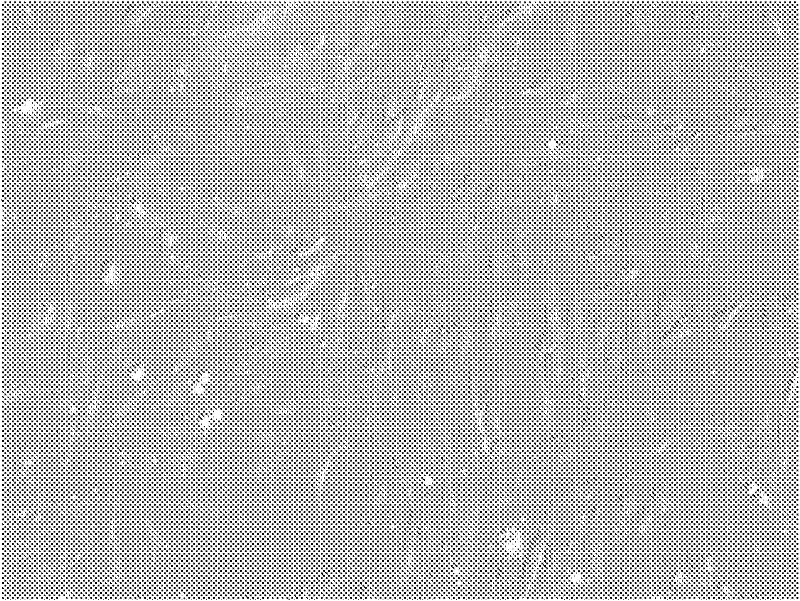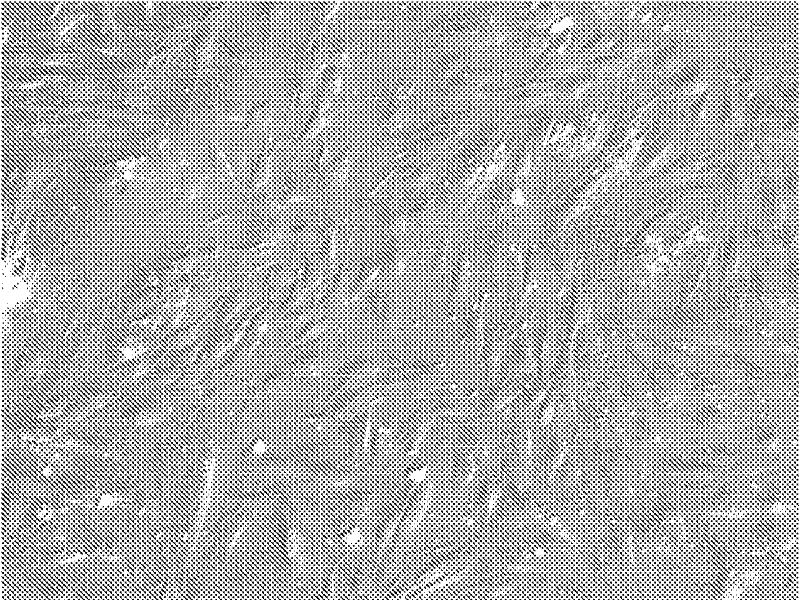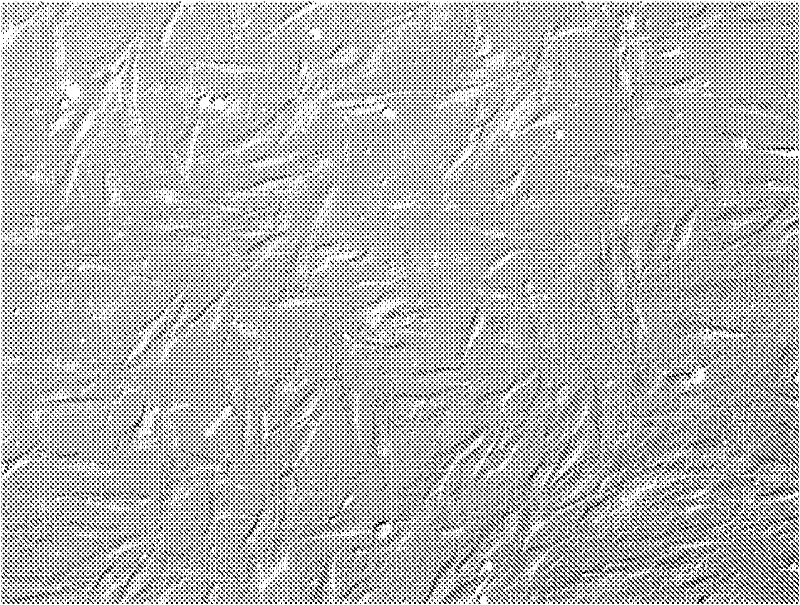A method for constructing human placental mesenchymal cells library which is suitable for clinical applicationc
A technology of human placenta and cells, applied in the medical field, can solve problems such as being unsuitable for clinical application, and the cell survival efficiency has yet to be proved.
- Summary
- Abstract
- Description
- Claims
- Application Information
AI Technical Summary
Problems solved by technology
Method used
Image
Examples
Embodiment 1
[0121] Example 1: Isolation of human placental amniotic stromal cells and human placental chorionic stromal cells
[0122] Under sterile conditions, approximately 20 g of fresh human placental tissue was dissected from the postpartum placenta. The tissue was stored in a 50 ml centrifuge tube containing 20 ml of DMEM (Invitrogen, Catalog No. 11885084) containing 1% human cord blood serum and 1% penicillin / streptomycin solution (Invitrogen, Catalog No. 15140122). ) culture medium. The placental tissue in the above protective solution was transferred to the cGMP laboratory within 30 minutes. Prior to processing, the tissue was washed three times in 1% penicillin / streptomycin in PBS (Invitrogen, Prod. No. 14040133).
[0123] The chorionic discs were dissected from the placental tissue using sterile surgical scissors, washed three times in PBS, and cut to approximately 1 mm 3 sized pieces were then digested at 37°C with a combination of 270 units per milliliter of collagenase ...
Embodiment 2
[0125] Example 2: Preparation of Autologous Umbilical Cord Blood Serum and Human Umbilical Cord Blood Serum for Placental Cell Growth
[0126] Cord blood from each placental cell donor was collected and processed separately in the following manner. The cord blood was collected after delivery using a 50 ml syringe with a 16G needle. Insert a needle into the umbilical vein of the placenta and draw cord blood from the umbilical vein into a syringe. The blood was then transferred to a 50 ml centrifuge tube without anticoagulant. Collect 30-40 mL of cord blood in each tube. The collected blood was transferred to the cGMP laboratory within 30 minutes.
[0127] 2.1 Preparation of autologous cord blood serum
[0128] Cord blood collected in a centrifuge tube without anticoagulant was coagulated for 45 minutes at 37°C for different donors, cooled in ice water for 30 minutes, and then centrifuged at 1000g at room temperature for 10 minutes. minute. Transfer the upper serum of ...
Embodiment 3
[0133] Example 3: In vitro culture of human placental stromal cells using human umbilical cord blood serum
[0134] The human placental amniotic membrane and placental chorionic stromal cells isolated according to the method of Example 1 were prepared at 1 × 10 per milliliter of culture medium. 6 The density of (one million) cells was dispersed in DMEM complete medium and the cells were transferred to 25 cm in a volume of 7.5 ml per flask 2 tissue culture flask. The components of the DMEM complete medium are: 89% DMEM, 10% human umbilical cord blood serum, and 1% penicillin / streptomycin solution. Place the flask containing this cell at 37°C with 5% CO 2 cultivated in the air. One week later, the medium was replaced with freshly prepared DMEM complete medium, and the culture was continued for another week. Cells were subcultured at the end of the second week and every 3-4 days thereafter, using freshly prepared DMEM complete medium for each passage. The method of each pa...
PUM
 Login to View More
Login to View More Abstract
Description
Claims
Application Information
 Login to View More
Login to View More - R&D
- Intellectual Property
- Life Sciences
- Materials
- Tech Scout
- Unparalleled Data Quality
- Higher Quality Content
- 60% Fewer Hallucinations
Browse by: Latest US Patents, China's latest patents, Technical Efficacy Thesaurus, Application Domain, Technology Topic, Popular Technical Reports.
© 2025 PatSnap. All rights reserved.Legal|Privacy policy|Modern Slavery Act Transparency Statement|Sitemap|About US| Contact US: help@patsnap.com



